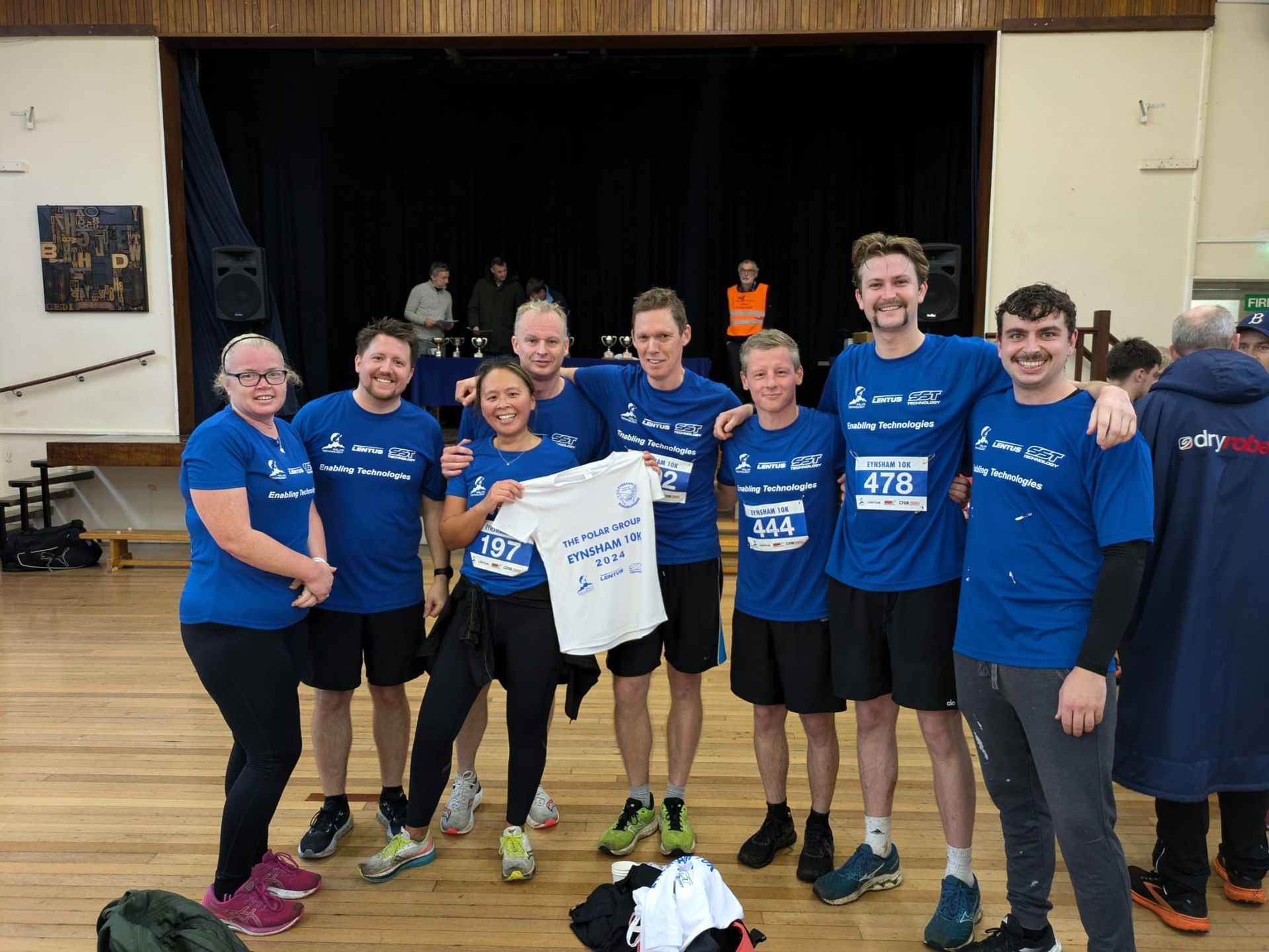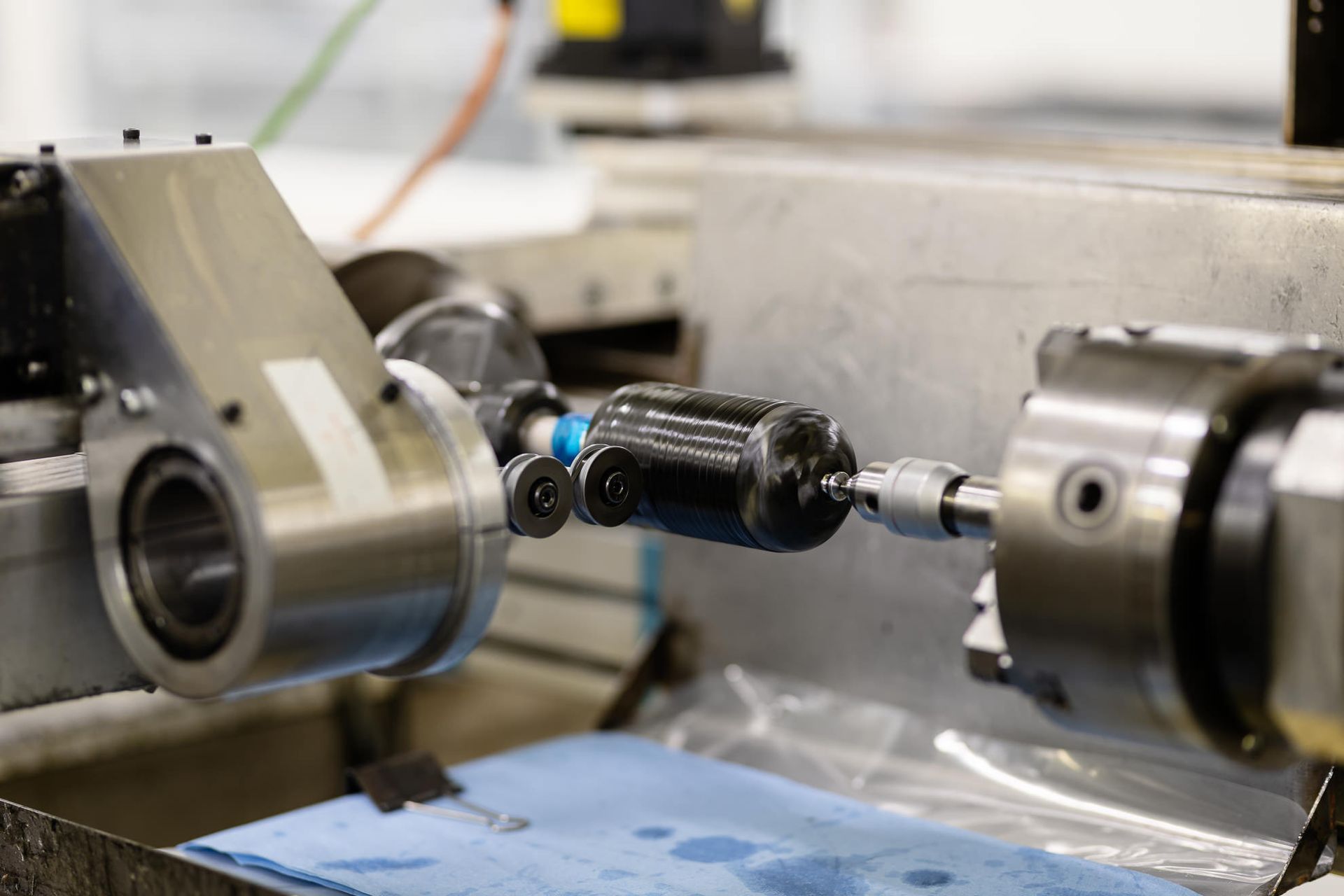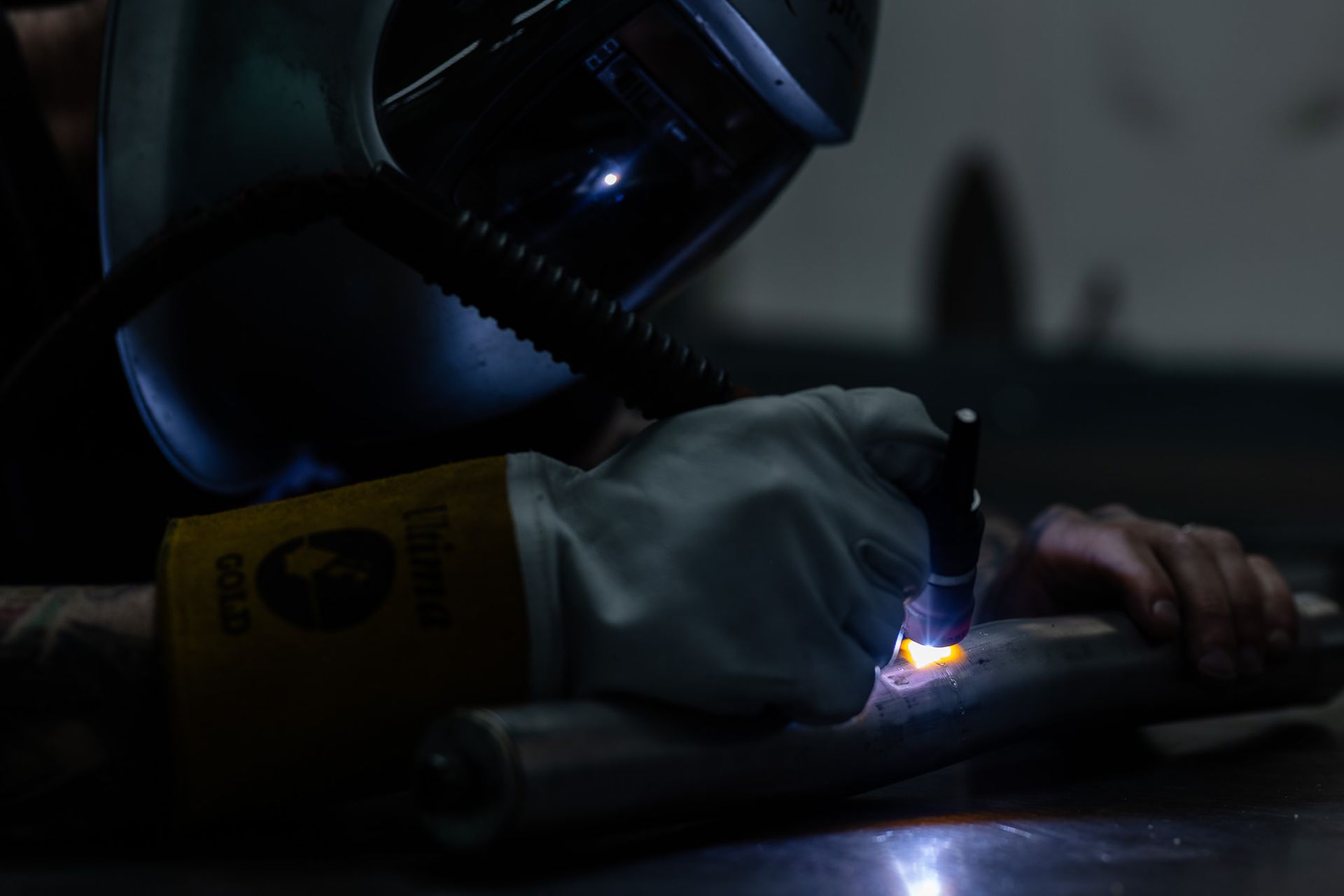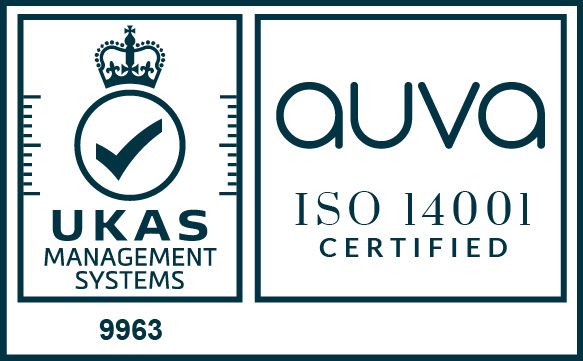How we make fabricated structures
A step-by-step guide to the process we follow in creating bespoke, advanced fabricated structures.
Metal fabrication is one of the key areas of expertise we possess here at Polar Technology, with our fabricated structures serving as exhaust systems in prominent vehicles in the motorsport and automotive industries, safety critical structures suitable for weapon mounting and fluid conveyance systems within an aircraft.
Fabrication is a process that uses raw, unfinished materials to construct a larger, complete component or structure, often using techniques such as welding, cutting and bending. The benefits of the process are that it is a reliable, repeatable method of developing strong, versatile components, making it perfect for the demands of high-performance industries.
We are able to offer customers constant engineering support throughout the design and development of a product, processes that are audited to industry standards such as AS9100:REVD and ISO9001, and the guarantee of qualified and experienced coded welders.
The following is a step-by-step guide to the process we follow in creating bespoke, advanced fabricated structures:
1. Tube Bending
The process begins in our tube-bending department, where we utilise our CNC bending machines to reshape tubes from their original straight form. Normally, the component will start out as thin sheets of metal, such as Inconel, stainless steel and aluminium, before it is curved into the shape required.
2. Kitting
Along with the tubes, we manufacture all other components required for the assembly, which are kitted and checked before starting fabrication. We also create fixtures and jigs by using our in-house machining and laser cutting facilities. This means that all the required elements are delivered in one complete kit, ready to be manufactured together by the fabricator.
3. Fabrication
Our skilled fabricators operate in designated ‘cells’, fitted with all the tooling required for a range of fabrication processes. Often the various elements may need to be reconfigured slightly, so this is where techniques like grinding and dressing are utilised.
4. Welding
Welding involves combining two separate metal pieces together using heat. This is mainly done using a TIG (Tungsten inert gas) welding method, although MIG (Metal inert gas) is also used specifically for larger applications, The jigs are used to accurately locate each section of the assembly together to help ensure the final part is geometrically correct.
5. Assembly
Once the welding is completed, there will be a singular, finished component. In some cases, this could be the end of the process, as other than tidying and polishing up the structure, it is ready to be fitted into the customer’s technology. However, we offer additional services to ensure we are providing a high-quality, turnkey solution to our customers.
6. Non-Destructive Testing
Our in-house Non-Destructive Testing (NDT) facilities allow us to inspect and validate our fabricated structures and check for any defects. A common technique we use is liquid penetrant testing, where a liquid is sprayed over the component and then cleaned, to expose any cracks where the penetrant has seeped into. We also use our Romer Arm inspection machine to test for geometric compliance.
7. Insulating
We can then insulate the component to significantly reduce heat transfer to the surrounding areas, which is crucial for high temperature applications. The process is done in three stages: applying lagging to the component to hold the heat in and securing with tape, covering with metal skins to build up the insulation and then heat treating the entire component to remove the tape.
Integration with Additive Manufacturing
Whilst not a step in itself, around half of our fabricated structures have components that are made in our additive manufacturing department. The benefits of using additive manufacturing is the ability to more easily create components with more complex geometry, and we are able to combine and integrate both processes within the production of a structure. You can find out more about our AM process here: How we build and integrate additive manufacturing products (polartechnology.co.uk)
To find out more about our fabrication capabilities, please click here: Capabilities (sstubetechnology.com)
Or to speak to our commercial team about an enquiry, please click here: Contact Us (polartechnology.co.uk)








